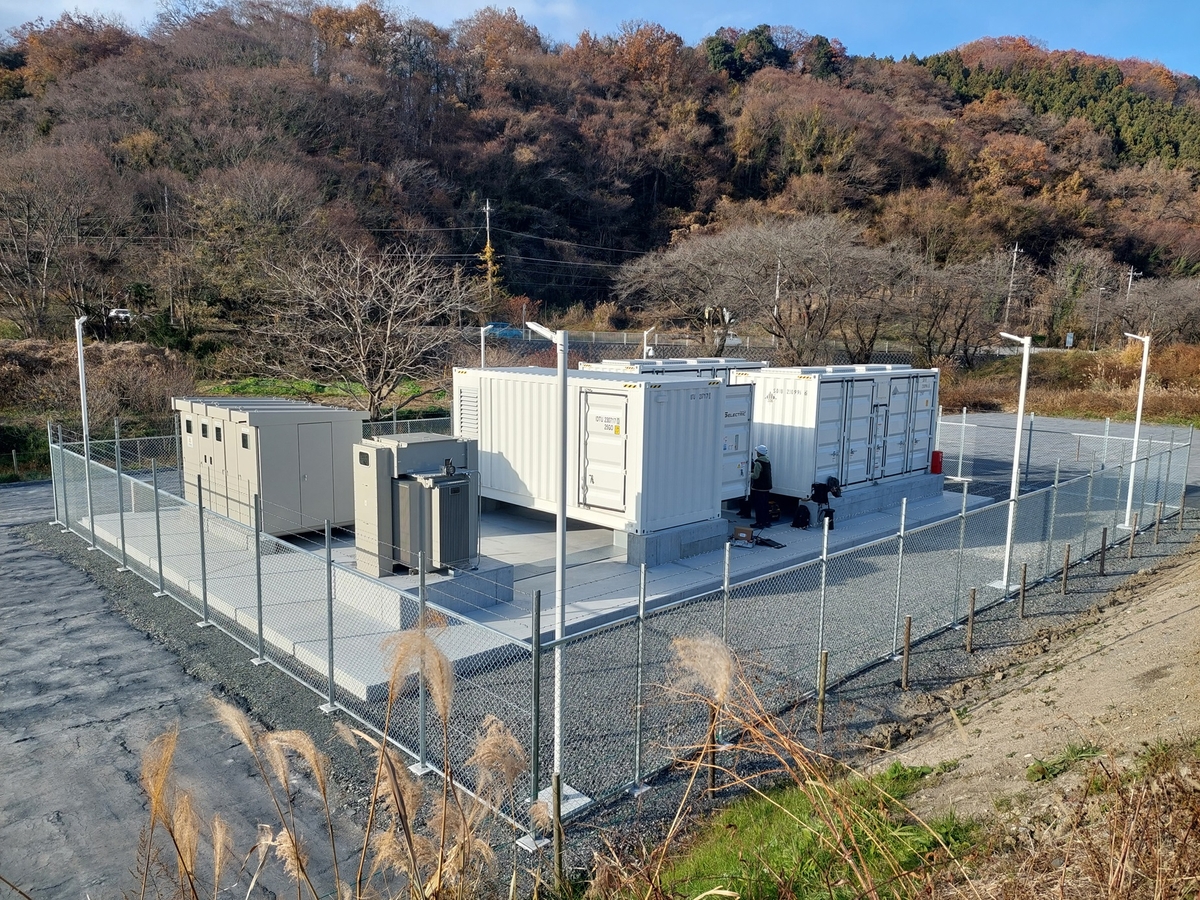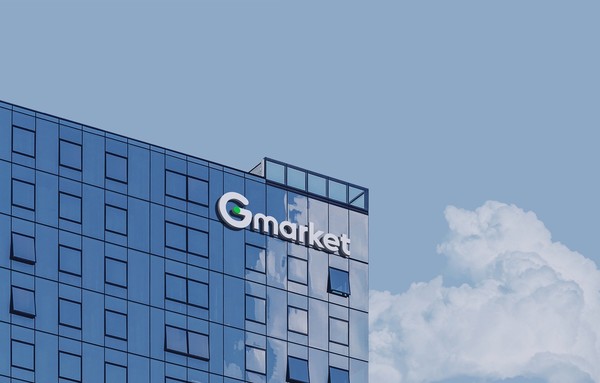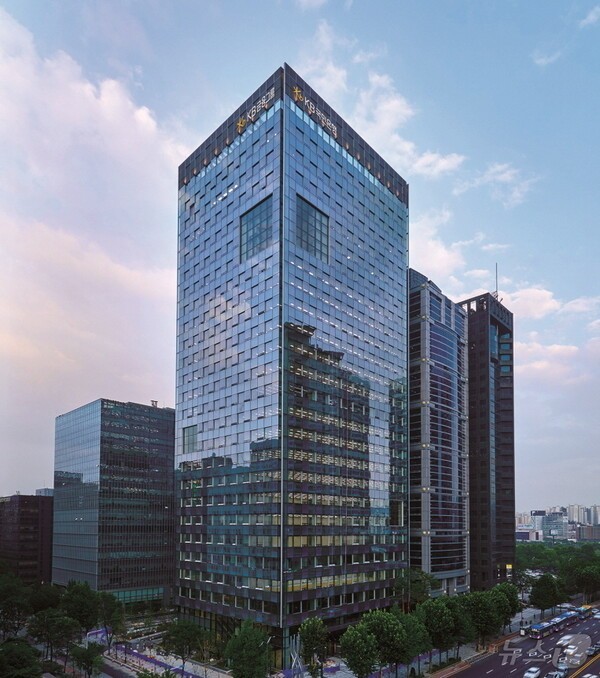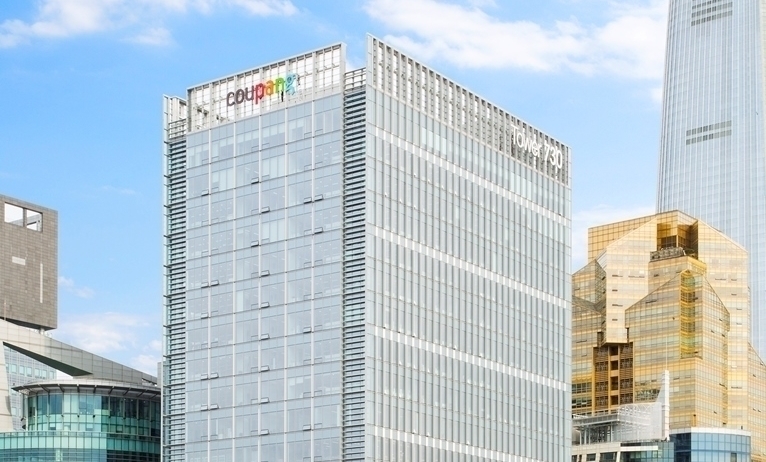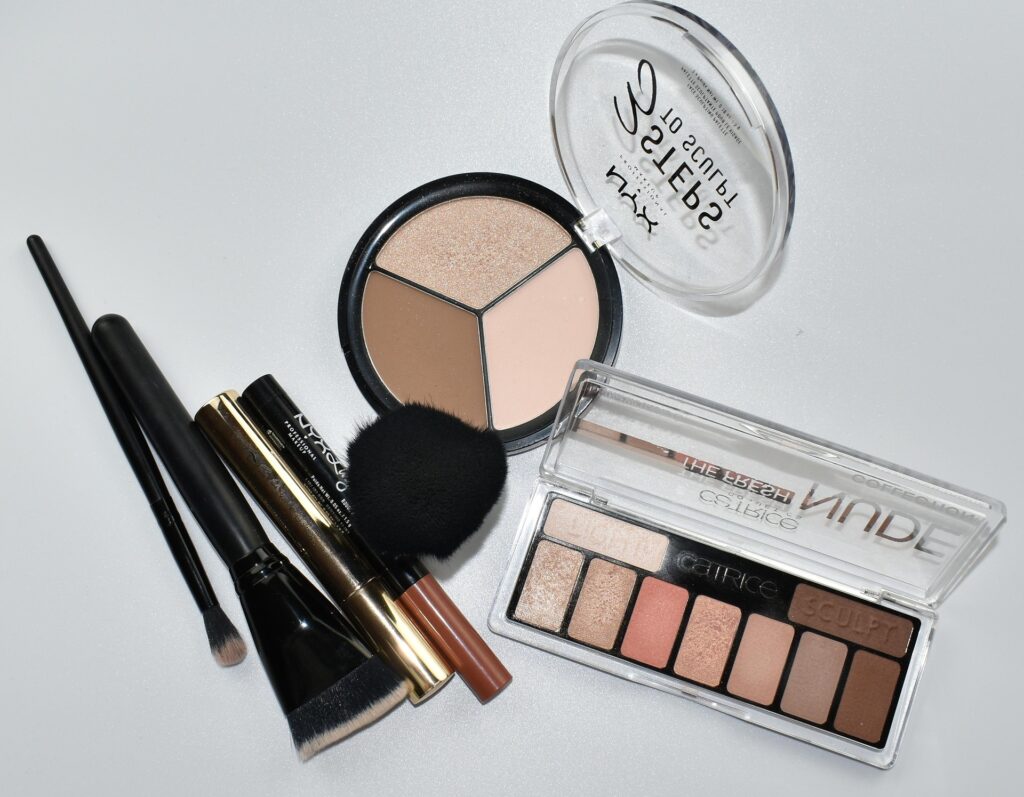
South Korea’s K-Beauty industry, known for affordable yet high-quality cosmetics, is adjusting strategies after the U.S.
imposed a 15% tariff on Korean cosmetics exports—lower than the initially proposed 25%, easing fears of a worst-case scenario.
The tariff, part of the Trump administration’s reciprocal trade measures, took effect on August 7 following months of negotiations.
Korean cosmetics had faced a 10% tariff since April, which was raised by five percentage points under the final agreement.
While the new rate is an improvement from the original 25% plan, it still ends the duty-free status enjoyed under the Korea-U.S. Free Trade Agreement and is expected to affect price competitiveness and margins.
The U.S. is a critical market for Korean beauty brands, having overtaken France last year as the top export destination thanks to the global popularity of K-pop and K-dramas.
Amorepacific is reviewing the potential cost burden and coordinating with U.S. distributors, while LG Household & Health Care is closely monitoring market conditions to adjust its strategy.
Major original design manufacturers such as Kolmar Korea and Cosmax, which already operate production facilities in the U.S., are likely to face less impact. Smaller indie brands, however, may experience heavier margin pressure due to limited capital and supply chain flexibility, prompting calls for government-level policy and diplomatic support.
In the short term, most companies plan to avoid price hikes to maintain competitiveness, opting instead for logistics optimization, promotional adjustments, and cost-cutting measures.
Industry experts note that K-Beauty’s value-for-money reputation—bolstered by the fact that French and Japanese cosmetics now face the same 15% tariff—makes immediate price increases unlikely.
Long-term strategies include expanding U.S. manufacturing, diversifying production bases, boosting B2B channels, and entering alternative markets in Europe and the Middle East.
While the immediate impact is expected to be limited, analysts warn that differences in brand resilience could lead to market reshuffling over time, especially for indie brands lacking localization strategies and diversified distribution.
Despite the new tariffs, industry sentiment remains cautiously optimistic. U.S. consumers continue to value Korean cosmetics for their affordability and trend-driven appeal, with some products even seeing stockpiling activity on social media platforms.



